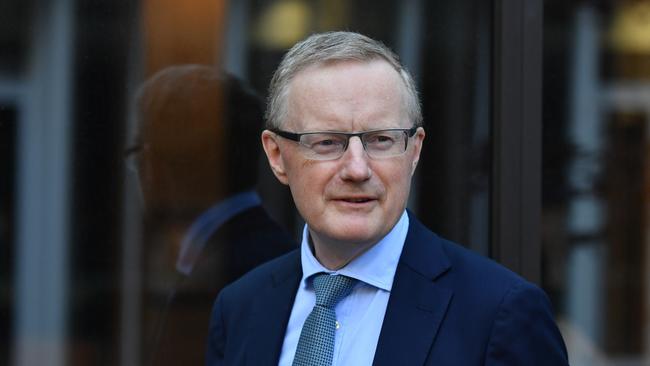Stimulus calls to ease as mine exports surge
Booming iron ore and coal exports have raised hopes the national accounts will show improved growth.

Booming iron ore and coal exports have raised hopes the national accounts will show improved growth, easing pressure on Josh Frydenberg for an economic stimulus.
The Reserve Bank on Tuesday held rates steady at 0.75 per cent, hours after bumper trade and government spending data strengthened forecasts that the GDP figures, to be released on Wednesday, would show the economy achieving the RBA’s predicted “gentle turning point” for the September quarter.
The Treasurer has indicated the September numbers, should they be poor, could lead the government to reconsider its economic policies in the upcoming mid-year economic outlook, including the potential of bringing forward legislated tax cuts.
But the release of official quarterly export and public expenditure numbers on Tuesday supported economists’ expectations that GDP expanded by 0.5-0.6 per cent over the three months to September.
If realised, annual growth would climb to 1.7 per cent, up from 1.4 per cent over the year to June — which was the weakest pace in a decade — and lend support to the government’s determination to provide a “prudent” amount of fiscal support while maintaining its commitment to a budget surplus.
The Australian Bureau of Statistics data revealed that surging exports, especially in iron ore and coal, drove a much larger than expected $7.9bn current account surplus in the September quarter.
“We haven’t seen two quarterly surpluses in a row since the early 1970s,” CBA senior economist Kristina Clifton said, warning, however, that “the surplus situation is likely to be temporary”. “High commodity prices have played a big part in the surplus story and they are now retreating.”
The ABS figures also showed stronger than expected government spending through the three months.
Rate cuts in June, July and October have reignited house prices, especially in Melbourne and Sydney, but have so far done little to inspire a pick-up in spending as heavily indebted households have chosen to use lower interest costs to pay down debt.
Economists are expecting the RBA to cut rates again when it next meets in February.
Pessimists have pointed to the first annual fall in retail sales volumes since the early 1990s recession over the year to September. A sharp and unexpected drop in residential building approvals in October has also cast doubts over the flow through from cheaper money to housing activity.
Amid debate about the effectiveness of monetary policy, Reserve Bank governor Philip Lowe used his statement accompanying the decision to keep rates on hold to urge patience. He emphasised the “long and variable lags” between policy action and its effects on construction and growth.
The RBA tends to only tinker with the statement on a month-to-month basis, and economists focus on changes in the wording to glean an insight into the bank’s policy plans.
Analysts said it was notable that, on Tuesday, Dr Lowe chose to enumerate the ways in which easier policy was already making a difference.
“The lower cash rate has put downward pressure on the exchange rate, which is supporting activity across a range of industries,” he said. “It has also boosted asset prices, which in time should lead to increased spending, including on residential construction. Lower mortgage rates are also boosting aggregate household disposable income, which, in time, will boost household spending.
“Given these effects of lower interest rates and the long and variable lags in the transmission of monetary policy, the board decided to hold the cash rate steady.”
Rounding out the marginally more upbeat commentary, Dr Lowe pointed to a recent “lessening” in global risks, most likely a reference to hopes of a detente in the US-China trade war.
“The board chose to spread some Christmas cheer with a slightly more positive emphasis on the economic outlook for 2020,” Citi economist Josh Williamson said.
The RBA repeated that it would “continue to monitor developments, including in the labour market” — a reference to its belief that the unemployment rate needs to fall from 5.3 per cent to at least 4.5 per cent before wage pressures emerge.
A lift in weak wage growth is required to drive inflation higher after nearly four years below the bottom of the bank’s 2-3 per cent target band.




To join the conversation, please log in. Don't have an account? Register
Join the conversation, you are commenting as Logout